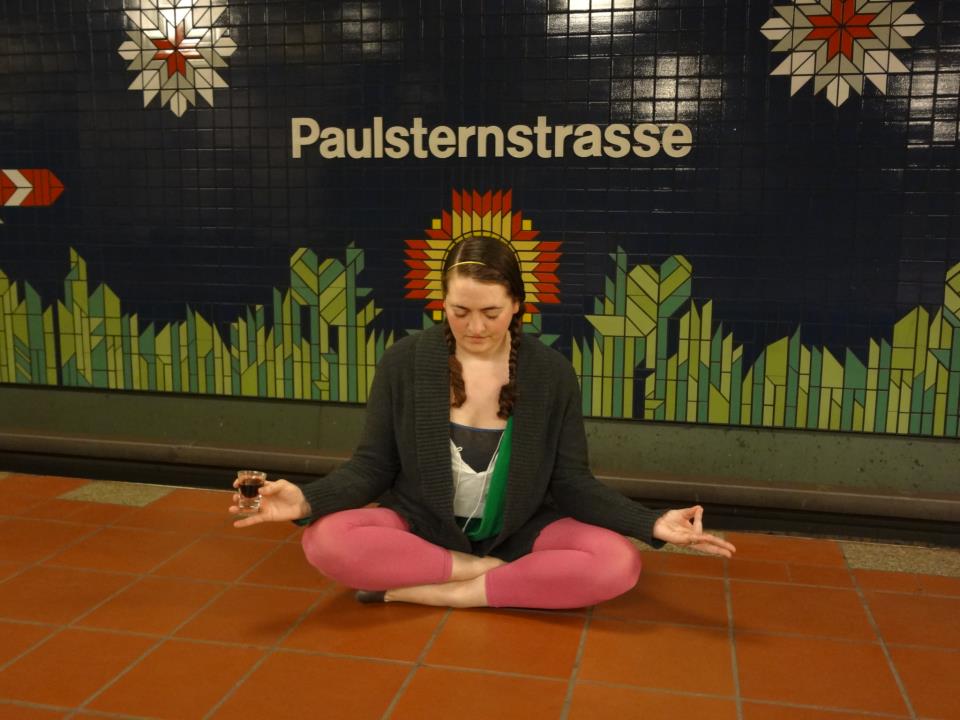If you like your French with a side of German, the Alsace-Lorraine is the region for you. Traded back and forth between the two countries as borders changed throughout time, France came out the winner with this lovely little territory.
Alsace-Lorraine might sound like a mouthful….until you hear the full German name of Reichsland Elsaß-Lothringen. This is a complicated name for an English speaker, but an uncomplicatedly beautiful place that features the best of both countries. I have visited just a few times, but this is one of the few places where I linger a bit longer and think maybe, just maybe, there are other places I could live in Europe besides Berlin.
Brief History of the Alsace-Lorraine
It was French, then it was German, then it was French, then it was German and now it is French again.
Just kidding! Brief, but not that brief:
Once the home of the Gauls, this roughly 5,000 square mile area was officially recognized by the German Empire in 1871 after it annexed most of Alsace and the Moselle department of Lorraine after the Franco-Prussian War. After World War I in 1919, it was reclaimed by France. But during the German occupation of France from 1940 to 1945, Elsaß-Lothringen was German again. At the end of World War II, it found its home again as a French region as it remains today.
This area is still casually referred to as the Alsace-Lorraine, but it has undergone a renaming to the transitional Alsace-Champagne-Ardenne-Lorraine or ACAL in 2016 (joining the former administrative regions of Alsace, Champagne-Ardenne, and Lorraine) to its current name of Grand Est. The traditional Alsace area covers the west side of the Rhine River and east of the Vosges Mountains while Lorrainewais composed of the area along the upper Moselle valley.
Strasbourg
The capital and largest city of the brand new, yet ancient Grand Est region, Strasbourg has the charm of half-timbered houses and canals with the size (over 770,000 population) to make it the 9th largest city in France.
Plus, it has a cathedral. A massive one. Cathedral of Our Lady of Strasbourg (or Cathédrale Notre-Dame de Strasbourg or Liebfrauenmünster zu Straßburg) is a monster of a cathedral. This Gothic masterpiece was once the world’s tallest building (back in 1874), but that doesn’t diminish its loveliness. Praised by Victor Hugo and Goethe, it is still much admired today with over 4 million visitors a year. Of particular note is the famed astronomical clock that puts on a parade at 12:30.
And its not all old-school in this college town. The University of Strasbourg is the second largest in France and the ample youth population means there are plenty of funky shops, pubs, and nightlife locations to keep the kids up all night.
Colmar
This small town is like Strasbourg condensed. The sweet colorful buildings are smaller and crookeder, the criss-crossing canals are dotted with flower boxes and bicycles, and the shutters are decorated like the witch’s hut from Hansel and Gretel with carvings of pretzels and candy and everything nice. It is serious swoon.
As if you could get tired of just walking around, there are also some interesting tidbits of history. Colmar is the hometown of Frédéric Auguste Bartholdi who sculpted the Statue of Liberty. A replica proudly announces the entry to town and looks oddly out of place in her native France.
Riquewihr
There is no need to visit Paris Disney if you can make it to this crazy cute town. Deep amidst the grape vines, Riquewihr is a fairy tale village come to life.
A visitor train can even take you through the center of town…not that walking takes that long. The town is itsy, with every inch covered in fragrant wisteria or half-timbered detail. The entirety of Riquewihr is surrounded by medieval walls with vineyards expanding out as far as the eye can see.
Fill up on cloud-like meringues the size of your head and flaky quiche. Sit down over a classic Flammenkuchen (or Tarte flambée depending on which side of the border the restaurant leans) and pair your meal with local wine. Alsace wine region, well-known for The Alsace Wine Route stretches all along the border for 170 km. Sampling the wine is a necessary part of visiting the region. But Germany’s influence means you won’t get any dirty looks for ordering a beer.
If you are looking for trinkets, the entire region is covered in storks. Our last visit was when we were pregnant and the partially hidden nests and occasional sightings of leggy birds seemed especially poignant. Clearly the locals are taken with them as well as the stork appears on ornaments and souvenirs. They are pretty even if you aren’t expecting.
No matter what you eat or buy and where you go, you won’t be disappointed.







0 Comments